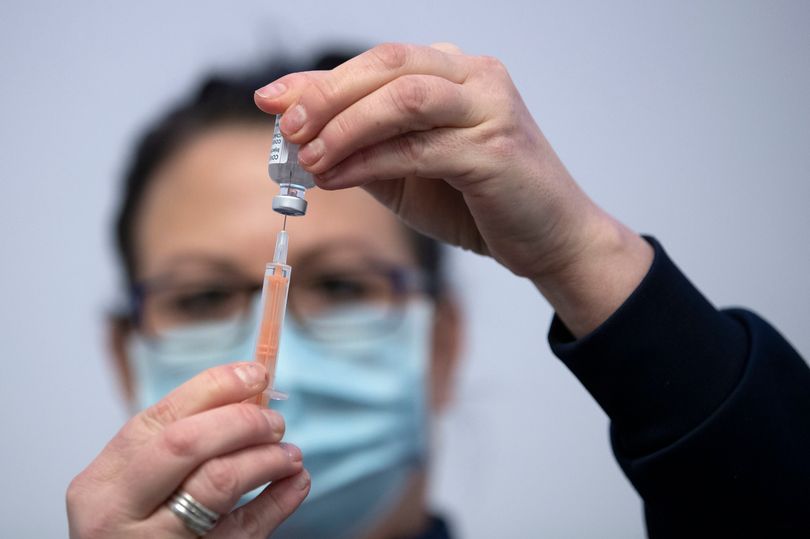The story behind the Covid-19 vaccine reads like a whodunnit involving two scientists who collaborated in a way that scientists rarely do.
That collaboration resulted in the publication of the entire genetic code of coronavirus on January 10 last year, from which flowed all the research on vaccines in the next 12 months.
The two scientists, Prof Edward Holmes, based at the University of Sydney, and Prof Yong-Zhen Zhang, who was at the Chinese Centre for Disease Control in Beijing, had worked closely for several years.
The same weekend that Holmes and Zhang published the genome of coronavirus, it was downloaded by scientists at US pharmaceutical companies Pfizer and Moderna, and they started work on their mRNA vaccines.
Messenger RNA is a short code of genetic instructions for the protein you want a cell to make, protecting you by forming antibodies.
Basically vaccination “shows” the virus to your immune system so it can remember it and be primed to fight it.
To make a vaccine in the past involved safe versions of the virus itself which are grown inside chicken eggs.
“To grow enough of those things can take a very long time – sometimes years,” explains Prof Robert Langer, one of the founders of Moderna, and a professor of chemical engineering at Massachusetts Institute of Technology (MIT), US.
“With mRNA, you use the body as a factory to make that protein. So rather than have a giant plant with all these eggs to grow your proteins, you just make the mRNA, give it to the patient and then the patient does everything else. I’ve been working on this technology for decades and this is actually the ninth mRNA vaccine that Moderna has developed.”
There are now more than 150 coronavirus vaccines in some stage of development round the world.
“The others,” explains Dr Dalan Bailey from the UK’s Pirbright Institute, “which include vaccines that are designed to prime people’s immune systems to fight their own cancer, are still in clinical trials.
“With that [Covid] genome, we didn’t need the actual virus. We could take that code and actually get the part of the virus we wanted to study synthesised in our lab within days.
“That definitely allowed us to start our research much more quickly.”
Many scientists think we face a world where the Covid-19 is always present at some level. I would agree with that.
“So we’ll also need new drugs to target not only this virus, but others that could spill over in the same way,” says Dr Stephen Griffin, a virologist from the University of Leeds.

